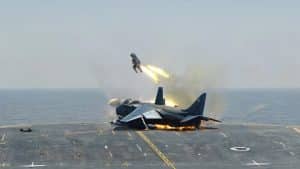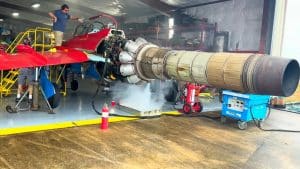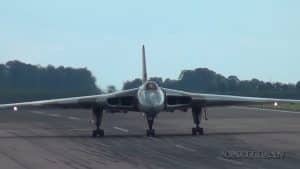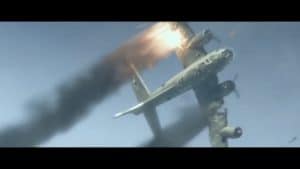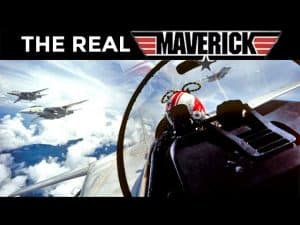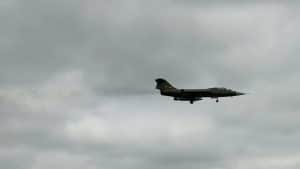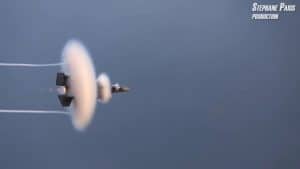5 Interesting Facts About The B-17’s Engines
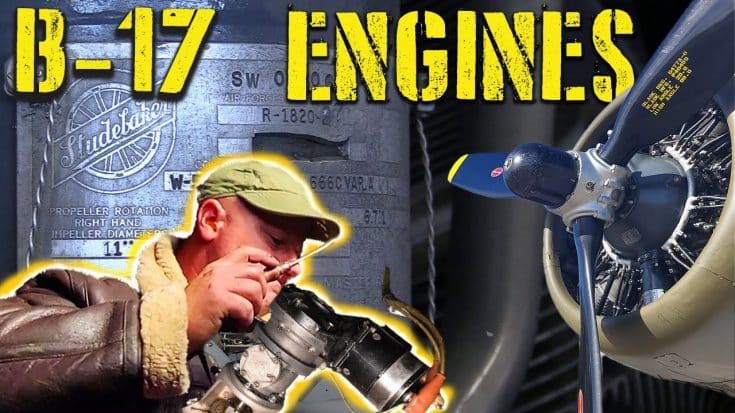
YouTube / MILITARY ARMAMENTS COMPANY
1. It was powered by a second-generation, air-cooled radial engine
B-17s were powered by Wright R-1820 Cyclone turbosupercharged radial engines that could put out 1,200 horsepower on each engine.
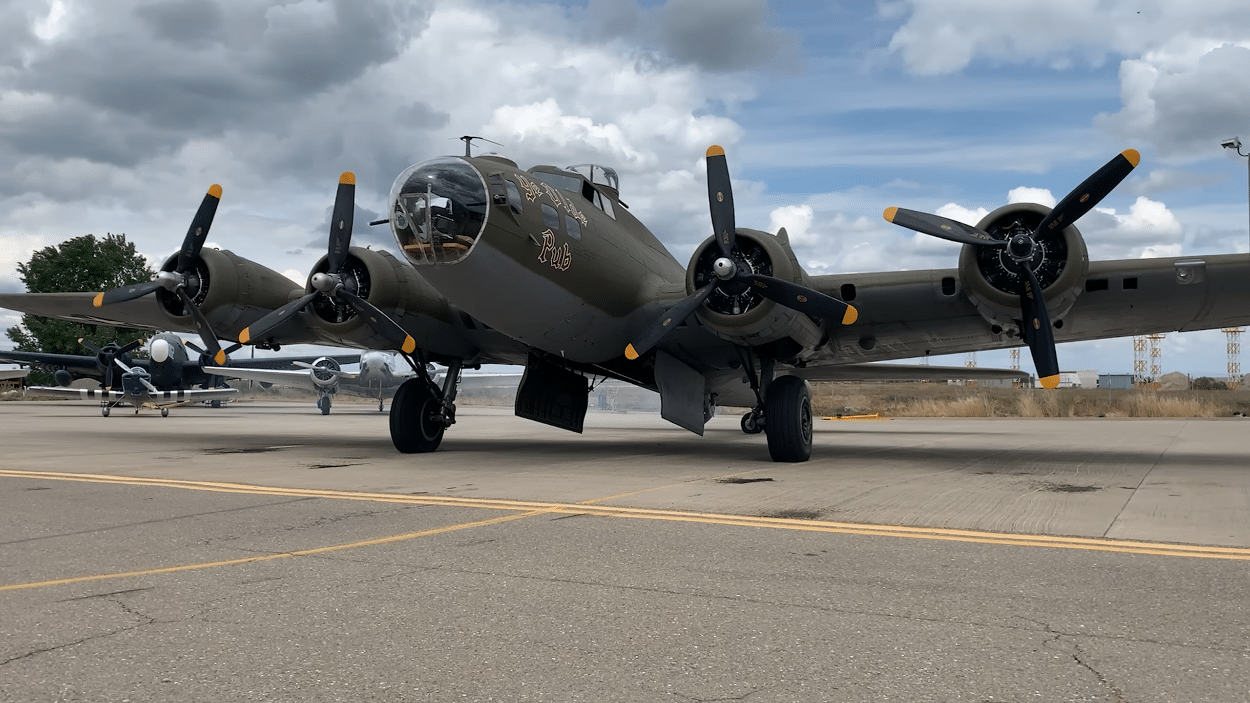
There were a couple of very important technologies that were developed by the Air Force labs in the 1920s in terms of cooling that made air-cooled radial engines possible.
2. It Had A “War Emergency Power” Rating
With 4 powerful turbosupercharged radial engines, the B-17 was expected to fly at a max speed of 287 mph and have a range of 2,000 miles.
If needed, the engine can get additional horsepower at “War Emergency Power”, increasing the engine output to between 1,400 and 1,500 hp.
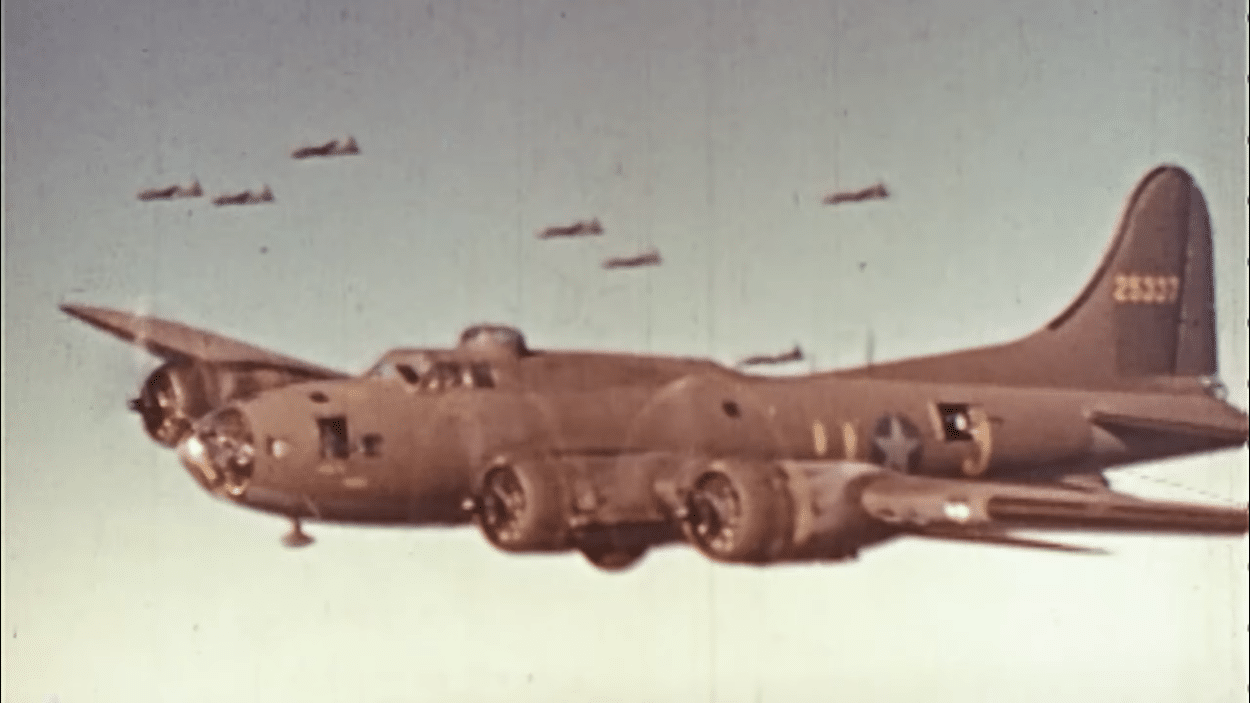
This additional power, and the paddle-bladed props, are what really contribute to making the B-17F the fastest model with a top speed of 325 mph.
3. Curtiss and Wright Weren’t The Only Ones Who Made Them
The big air-cooled radial engines were originally manufactured by Curtiss-Wright.
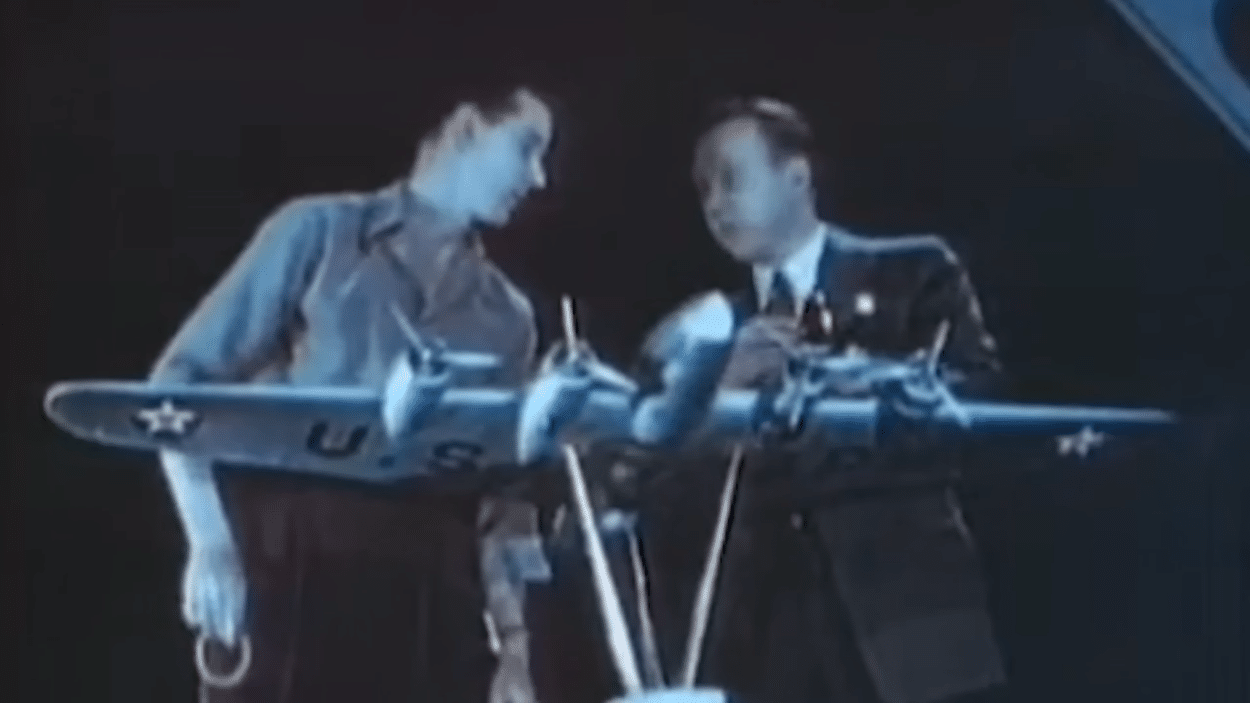
However, during the war, they were also produced under license by subcontractors such as Studebaker, Lycoming, Pratt & Whitney, and even Shvetsov.
4. Its “Turbosupercharger” Enabled the B-17 to Excel
Basically, what that means is it’s compressing the air. In the case of the B-17 and other army aircraft, the air was compressed twice.
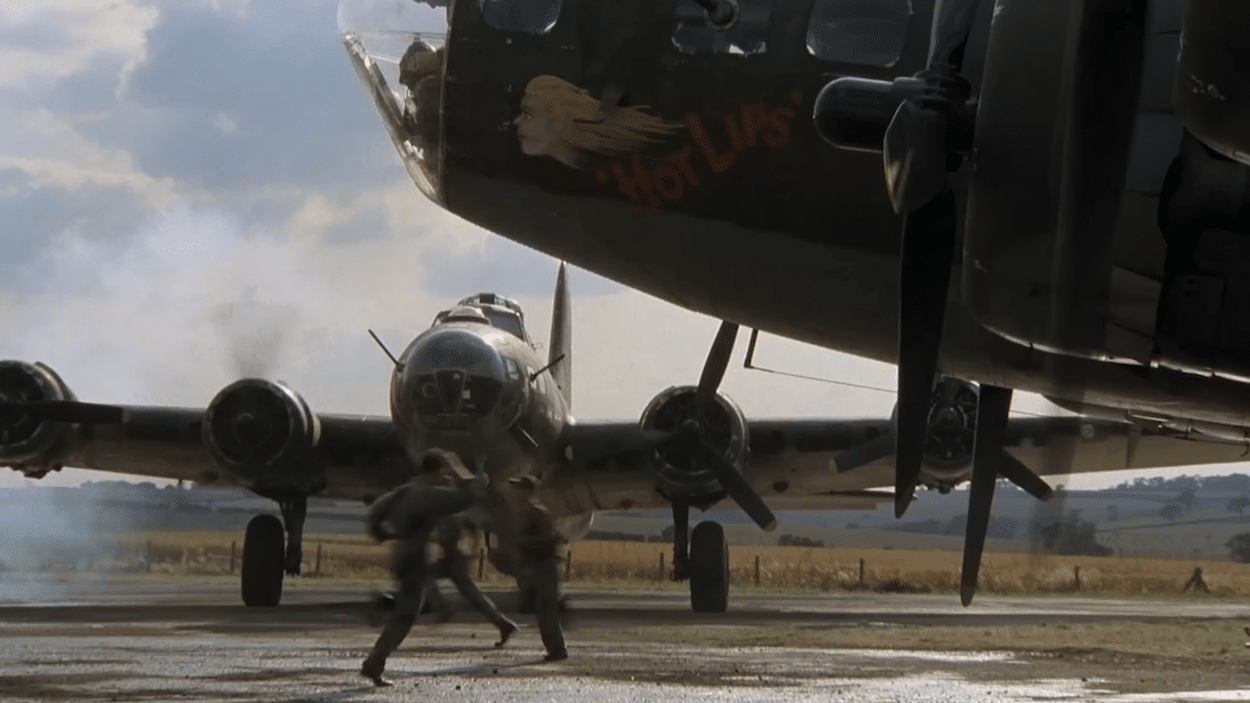
It was first compressed by the turbosupercharger which went to the engine where it was supercharged.
The compressor compresses the thin air at high altitudes to maintain the horsepower that otherwise will be lost.
5. During WWII, no other nation used turbosuperchargers to a larger degree in their combat aircraft
Only the US had that in their planes such as the B-17, B-24, P-47, and P-38.
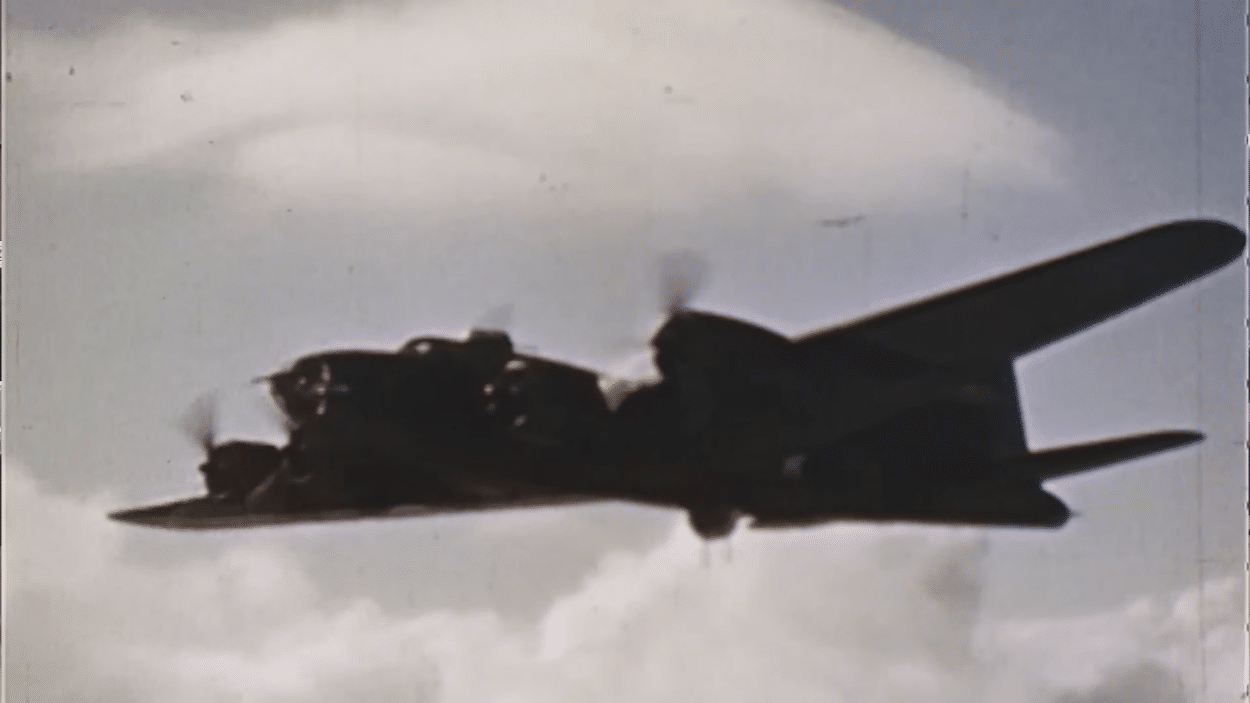
This gave a huge advantage as high altitudes allow horsepower to be maintained.












